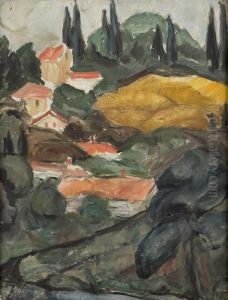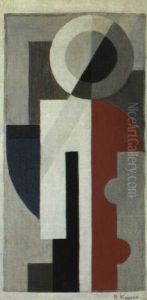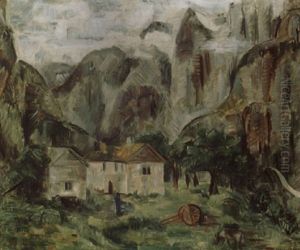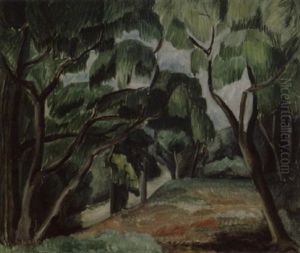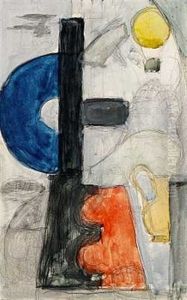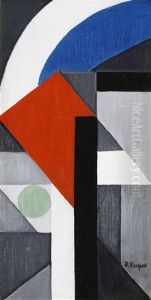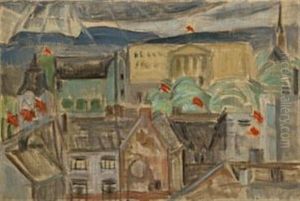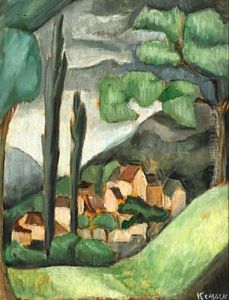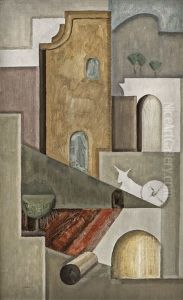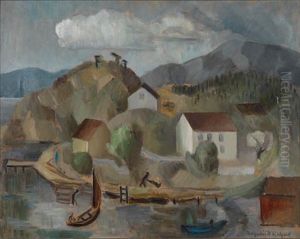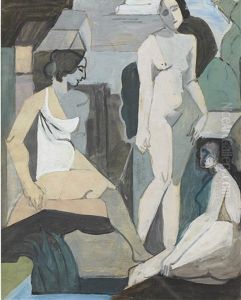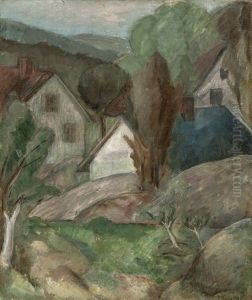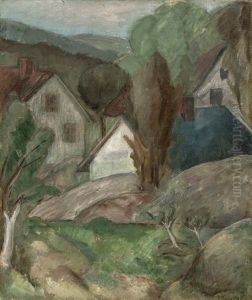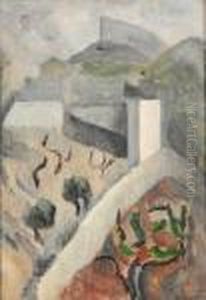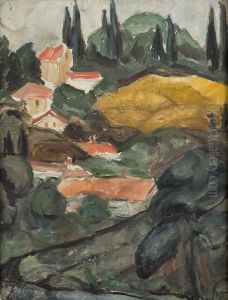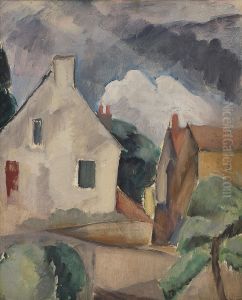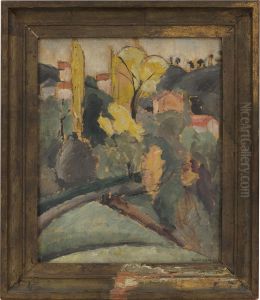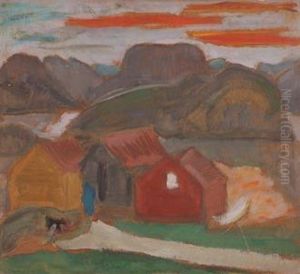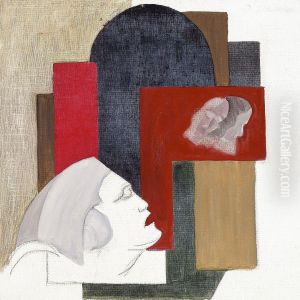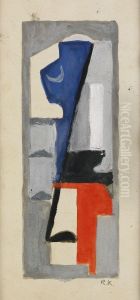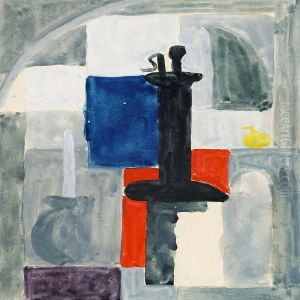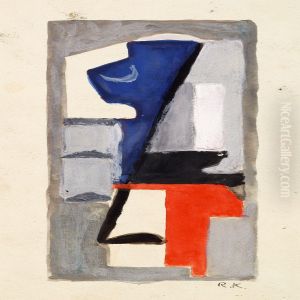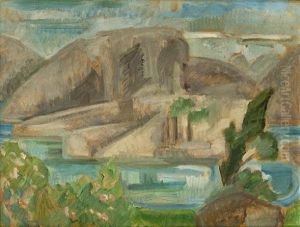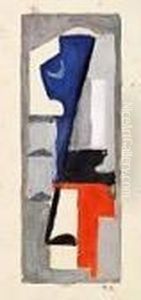Ragnhild Keyser Paintings
Ragnhild Keyser was a notable Norwegian painter, born in 1889. Her artistic journey is marked by her exploration of modernist themes and her contribution to the development of abstract art in Norway. Keyser's work is characterized by its vibrant colors, innovative compositions, and the abstract representation of natural landscapes and figures.
During her lifetime, Ragnhild Keyser was part of a pioneering group of artists who embraced modernism in the early 20th century. This was a period of significant artistic evolution, with movements such as Expressionism, Cubism, and Surrealism influencing artists worldwide. Keyser's artistic vision was deeply influenced by these movements, yet she maintained a distinctive style that set her apart from her contemporaries.
Keyser's education and artistic development were significantly shaped by her studies in Paris, a hub for avant-garde art in the early 20th century. In Paris, she was exposed to the works of leading modernist artists, which profoundly influenced her artistic direction. Upon returning to Norway, she incorporated these influences into her work, contributing to the spread of modernist ideas within the Norwegian art scene.
Throughout her career, Ragnhild Keyser was dedicated to pushing the boundaries of traditional painting. Her works often depict abstracted forms that suggest rather than explicitly represent the natural world. She experimented with color, form, and composition, creating canvases that are dynamic and visually engaging. Keyser's contribution to Norwegian art is significant, not only for her individual achievements but also for her role in promoting modernist aesthetics in Norway.
Ragnhild Keyser's legacy is preserved in the collections of major Norwegian museums, where her works continue to be celebrated for their innovation and beauty. Despite facing challenges as a woman artist in a male-dominated field, Keyser's determination and talent earned her a place among Norway's esteemed modernist painters. She passed away in 1943, leaving behind a body of work that continues to inspire admiration and scholarly interest.
